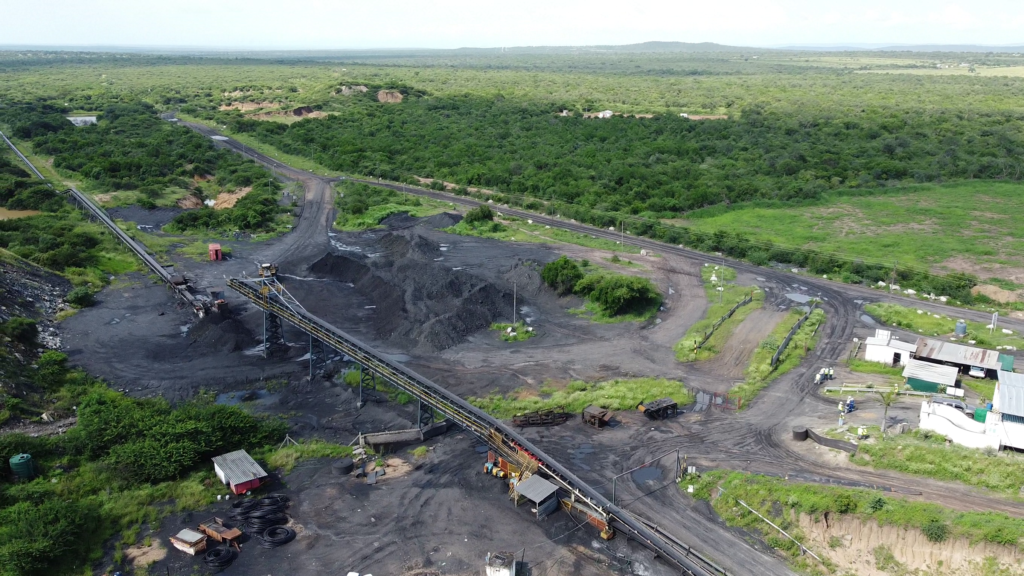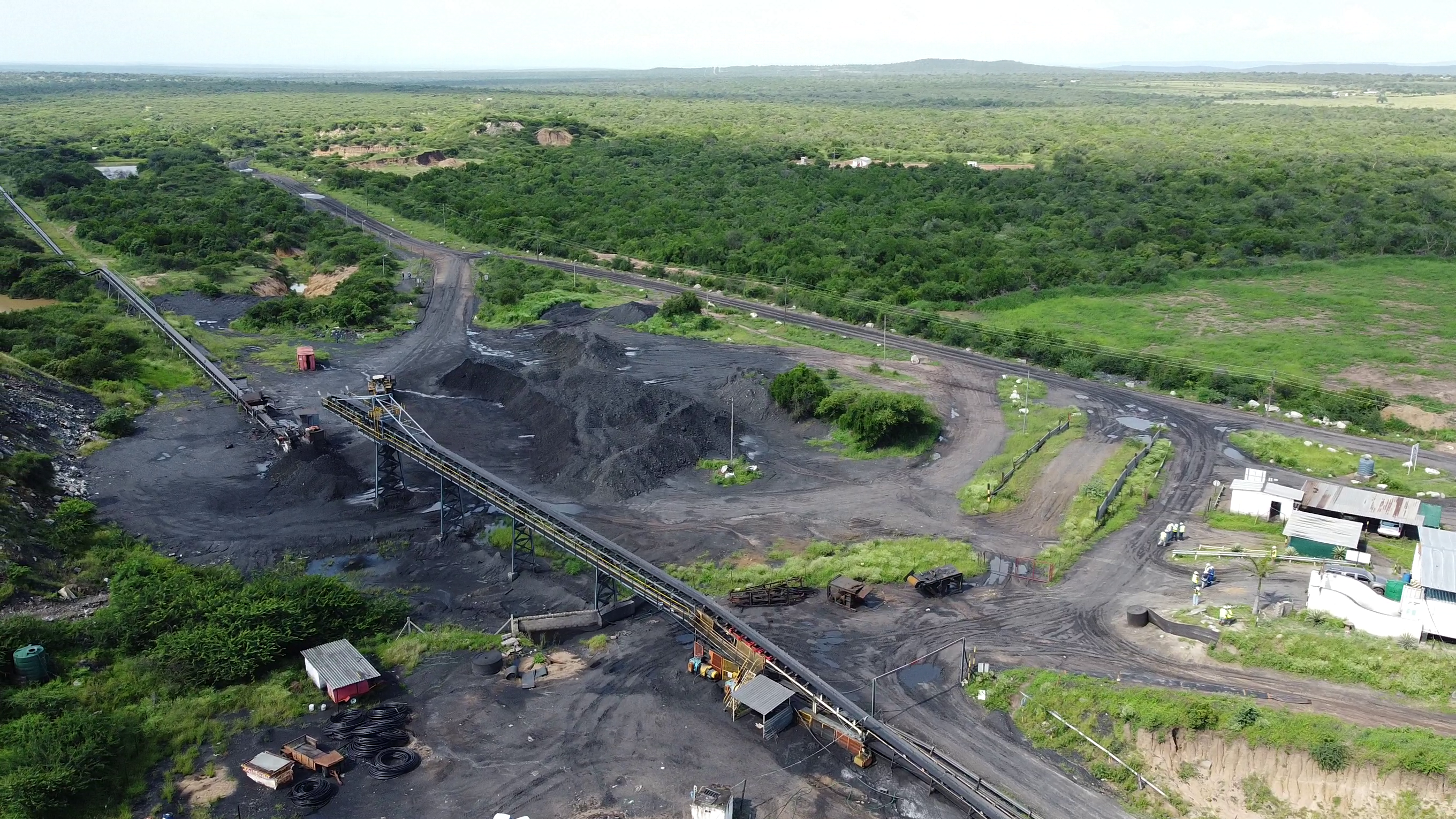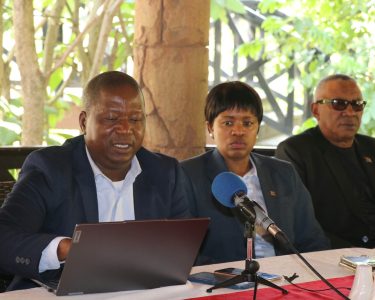
By Ntombi Mhlongo
The increase in mining and mineral beneficiation is helping government realise one of its key goals contained in Eswatini’s Industrial Development Policy (2015-2022).
In the policy, the government set mining and mineral beneficiation as one of the priority areas. In the past few years, the mineral industry of Eswatini was not among the significant contributors to the country’s gross domestic product (GDP).
Exports of iron ore, which were valued at about $115 million (around E1.8 billion, and exports of anthracite coal, which were valued at about $26 million (E416 million), accounted for about 7.5 per cent of total Swati exports, which were valued at about $1.9 billion (E30.4 billion) in 2013.
The issuance of mining licences was aimed at assisting towards meeting the ambitious goal to create over 30 000 jobs through implementing the Economic Recovery Plan (ERP).
Against this backdrop, a recent summary compiled by the Minister of Commerce, Industry and Trade reflects that mining and mineral beneficiation is on the increase due to higher volumes of coal production.
Notably, Maloma Colliery Mine stands out as one company that has managed to achieve more than what was anticipated.
The mine broke several records in its processing and sale in May this year.
This includes the Swati-owned company, which mines anthracite coal and managed to wash 45 449 metric tonnes of coal through their processing plant, breaking the record set in 2017 when the previous record of 42 206 metric tonnes was set.
Although the figure may not appear large, one has to consider that Maloma Colliery has on average washed approximately 36 000 metric tonnes per month over the last year.
The country’s nominal GDP was estimated to be about $3.8 billion, around E64 billion in 2013.






